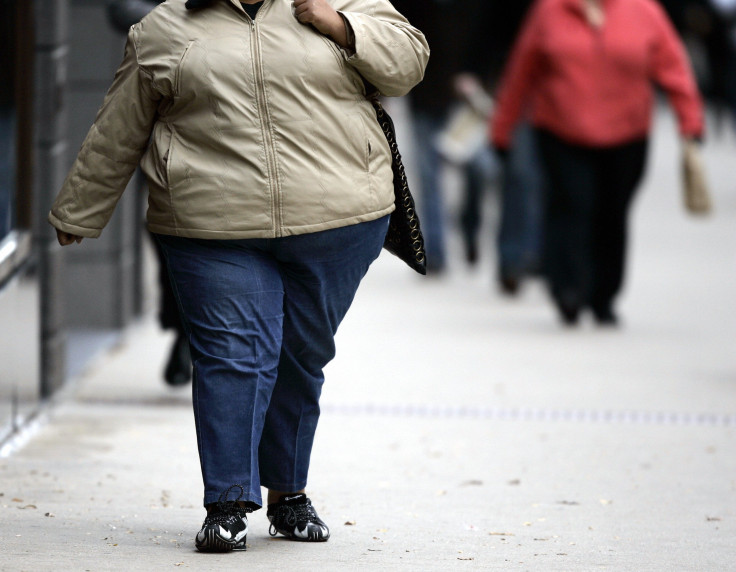Chances Of Obesity Greater In US Women Than Men Because They Walk Less, Study Says

Americans are some of the laziest people in the world, according to a study conducted by Stanford University that reveals physical activity patterns in countries across the world.
Using smartphone data obtained from 111 countries, the research analyzed the variation in activity in terms of the mean number of steps walked by people daily. More than 700,000 men and women were monitored for 95 days. The users whose data contributed to this study subscribed to the Azumio Argus app, a free application for tracking physical activity and other health behaviors.
Read: What Causes Obesity? 10 Food Items That Can Cause Excessive Weight Gain
The study revealed that in countries with less obesity, people mostly walked a similar amount per day. Activity inequality — dubbed the vast difference between the active and the non-active or the difference between the fittest and the laziest — was a more accurate reflection of obesity levels. Big gaps between people who walked a lot and those who walked very little coincided with much higher levels of obesity. Residents of Hong Kong who walk an average of 6,880 steps each day (around three-and-a-half miles or 6 kilometers) are the most active, according to the data. The laziest people among the countries studied were from Indonesia who walked only 3,513 steps per day.
Americans take 4774 steps per day, according to the study. But, the larger gaps between those who walked a lot and those who walked very little ranked Americans fourth from the bottom overall.
A related finding was the powerful role that gender played in country-to-country differences in physical activities. According to the researchers, prior studies, done mainly in the U.S., showed men walk more than women. This gender step gap varied from country to country, with negative consequences for women. Prevalence of obesity increased faster for females than males as population-wide activity decreased.
Jure Leskovec, a member of the research team, said: "When activity inequality is greatest, women's activity is reduced much more dramatically than men's activity, and thus the negative connections to obesity can affect women more greatly."
In countries with greater activity disparity, such as Saudi Arabia and the United States, there was disproportionately reduced activity for females. Gender gap accounted for 43 percent of activity inequality in such countries, according to the authors. This put the U.S. fifth from the bottom in the gender step gap. In countries like Japan — with low obesity and low inequality — men and women exercised to similar degrees.
The researchers looked into the idea that making improvements in a city’s walkability—creating an environment that is safe and enjoyable to walk—could reduce activity inequality and the gender activity gap.
Read: Obesity Statistics Show High Risk Of Cardiac Arrests, Diabetes And Cancer In Overweight Americans
“If you must cross major highways to get from point A to point B in a city, the walkability is low; people rely on cars,” Scott Delp, a bioengineer who worked on the project, said. “In cities like New York and San Francisco, where you can get across town on foot safely, the city has high walkability.” After studying certain U.S. cities, the study found that when a city is made more walkable, women under 50 are the most likely group to increase the number of their steps.
According to the researchers, the study also presents a new paradigm for population activity studies by demonstrating that smartphones can deliver new insights about key health behaviors. “With the appropriate apps and sensors we can push this research in exciting directions,” said team member Abby King, a professor of medicine and health research and policy. “We could better link activity within and across populations with food intake, or examine the ways activity and inactivity may affect stress or mental health, as well as investigating how best to fine-tune our environments to promote increased activity.”
© Copyright IBTimes 2024. All rights reserved.




















